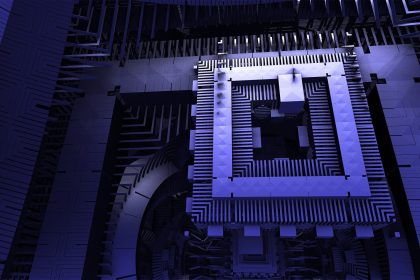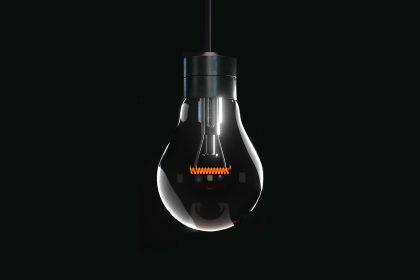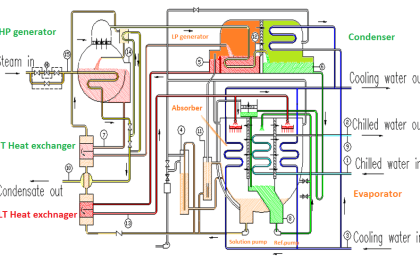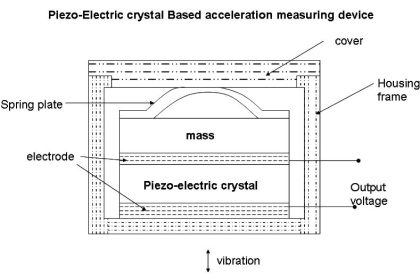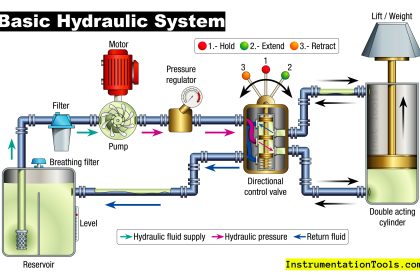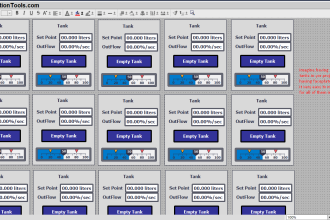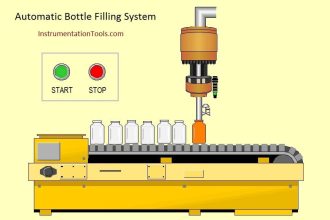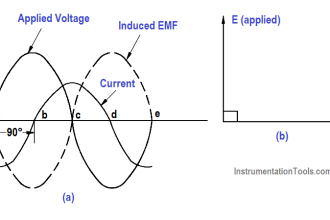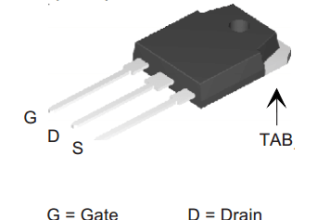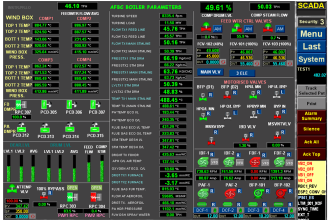Fiber optic cables and coaxial cables are used in various applications. But many of us are still not having proper knowledge about fiber optic cable and coaxial cable. So, today in this article we will discuss the difference between fiber optic cable and coaxial cable.
Comparison of Fiber Optic and Coaxial Cables
The following are the main comparison between fiber optic and coaxial cables.
- Physical Construction
- Material of Construction
- Transmission Method
- Bandwidth
- Transmission Speed
- Efficiency
- Diameter
- Weight
- Installation Complexity
- Cost
- Uses
Physical Construction
Fiber optic cable is made of the core which is a fiber core. Outside the fiber core, a cladding is present. Cladding is protected by a coating and a strength membrane. This whole assembly is protected by an outer jacket.
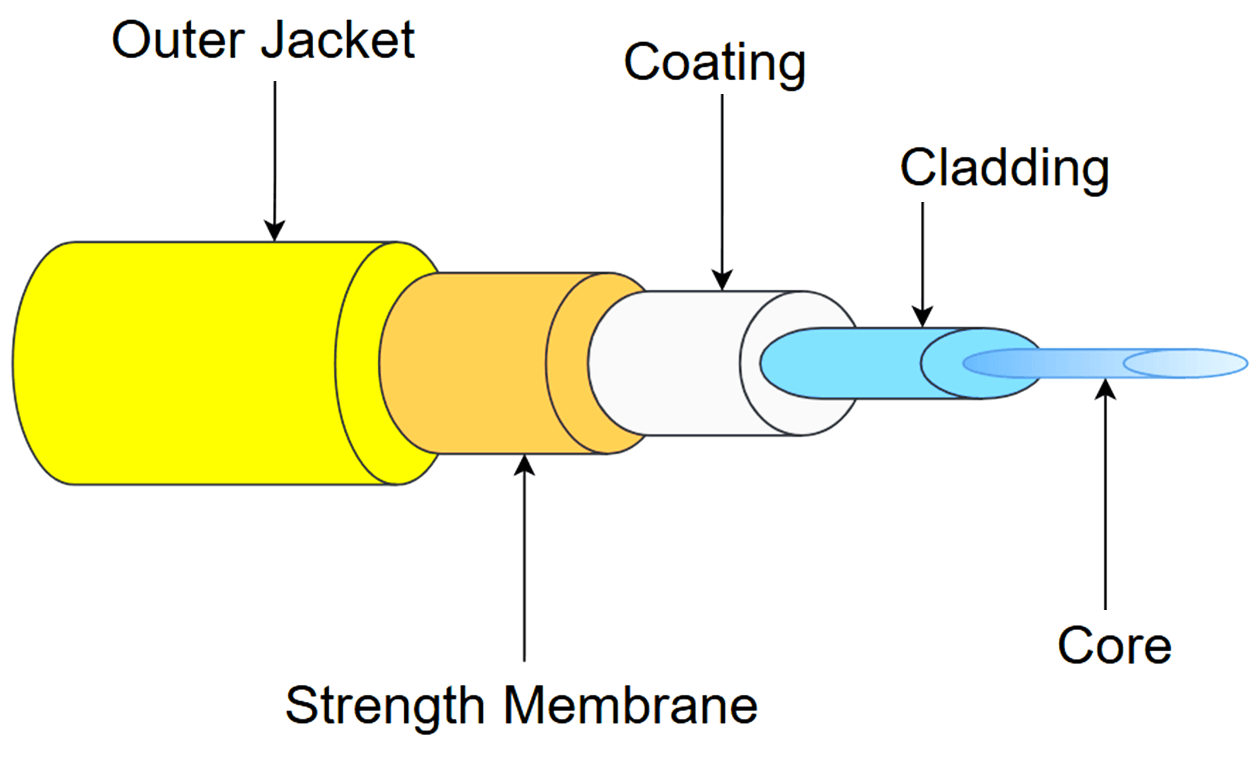
Coaxial Cable is made up of conductors which are protected by insulators and sheath/shield and outer cover.
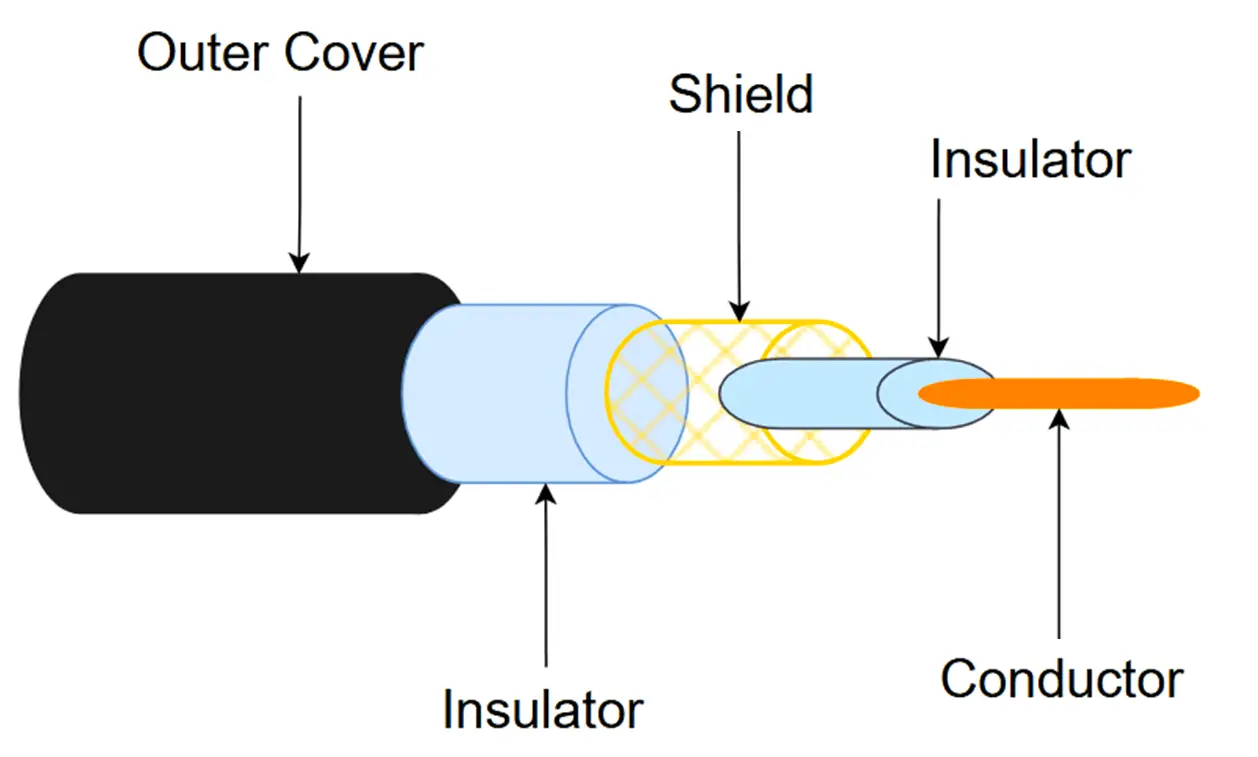
Material of Construction
Fiber optic cable is made up of plastics and glass. While coaxial cable is made up of plastics and copper wire.
Transmission Method
Fiber optic cable transfers data or signal in the form of light. While coaxial cable transfers the data or signals in the form of an electrical signal.
Bandwidth
Fiber optic cable has a very high bandwidth when compared to coaxial cable.
Transmission Speed
Fiber optic cable has a very high transmission speed of up to 10 Gbps and the transmission speed of coaxial cable is only up to 10 Mbps.
Efficiency
Fiber optic cable has very high efficiency when compared to coaxial cable. Fiber optic cable has the highest noise immunity whereas coaxial cable also has good noise immunity.
Diameter
Fiber optic cable’s diameter is less when compared to coaxial cable. Hence, coaxial cable occupies more space while installation. But this space merely makes any difference.
Weight
Fiber optic cable is very light in weight when compared to coaxial cables.
Installation Complexity
Fiber optic cable installation requires special skill sets and the job is also a bit complex. While coaxial cable installation is a bit easy.
Cost
Fiber optic cable is more costly when compared to coaxial cable
Uses
Fiber optic cable is used for data transfers in process plants, modern high-speed internet connections, and the medical field. Coaxial cable is used for cable TVs and telephone communications also.
If you liked this article, then please subscribe to our YouTube Channel for Electrical, Electronics, Instrumentation, PLC, and SCADA video tutorials.
You can also follow us on Facebook and Twitter to receive daily updates.
Read Next:
- Motor Feedback PLC Logic
- Steps in PLC System Design
- SCADA System Vulnerabilities
- Delta PLC and VFD with Modbus
- Industrial Automation Documents



